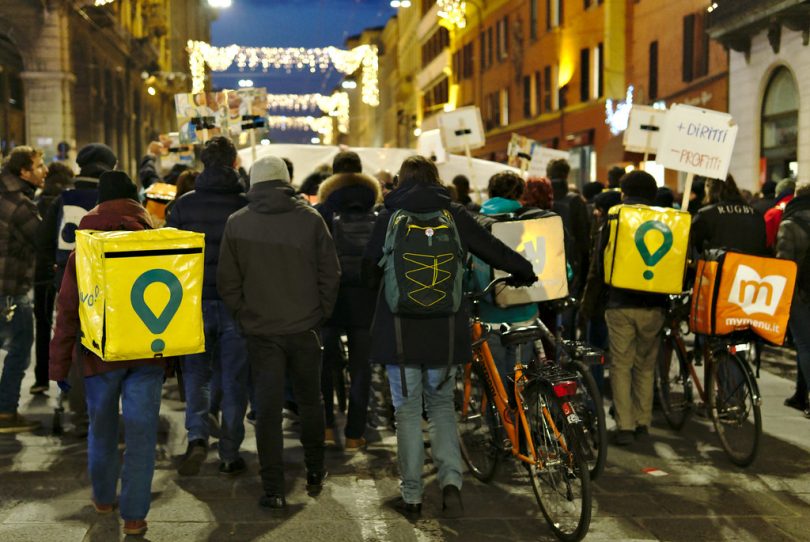Launching in Australia in 2016, Uber Eats has led from the front in the booming gig economy.
The service has given customers access to a range of different restaurants, and new employment opportunities for potential delivery drivers for the platform.
After breaking into the Australian market in 2016 with 7000 delivery drivers, Uber Eats has since amassed 59,000 drivers by 2020, an eightfold increase on foundation numbers in 2016.
Offering an alternative to traditional work, Uber Eats drivers work under an independent contractor agreement. Whereby they are not paid a traditional hourly rate or salary. Meaning any earnings they make from deliveries is theirs to take.
This working lifestyle has proved to be particularly popular with visa holders living in Australia.
As traditional jobs and recruitment processes are often competitive and hard to come by.
Delivery driving provides the individual with work opportunities and income that they may not have previously been able to access.
Survey results of Uber Eats drivers by Accenture revealed that 60% of respondents found accessing traditional work in Australia to be an issue, and a further 29% cited visa constrictions for their struggles.
During 2020, Uber Eats driving proved to be a popular occupation for visa and migrant workers, who were not able to access government support during the outbreak of Covid-19 in Australia.
This same survey showed that almost eight in ten drivers on their platform were not able to access government support during 2020.
65% of these respondents identified visa status as the barrier to gaining government support.
Leading to a further six in ten drivers joining Uber Eats during 2020, for work and a source of income.
Presenting itself as an appealing vocation due to its flexibility and availability of work has led many visa and migrant workers to take up the occupation. There are however downsides and drawbacks to the delivery driving.
Accenture found that on average during mealtimes delivery drivers in Sydney would make $21.55 after costs are considered.
This $21.55 average hourly rate whilst higher than the national minimum wage is still below many other industry award minimums for adults. This figure also doesn’t come in addition to a superannuation payment like a traditional job would, meaning the individual if they were wanting to deposit into their super, would have to take money from their hourly takings.
Whilst Uber Eats delivery driving does provide easy and flexible working options for many who struggle to access traditional work, the pay and conditions do have their drawbacks.
(Featured Image: “fighting for rights in the gig economy” by davide.alberani is licensed under CC BY-SA 2.0)







